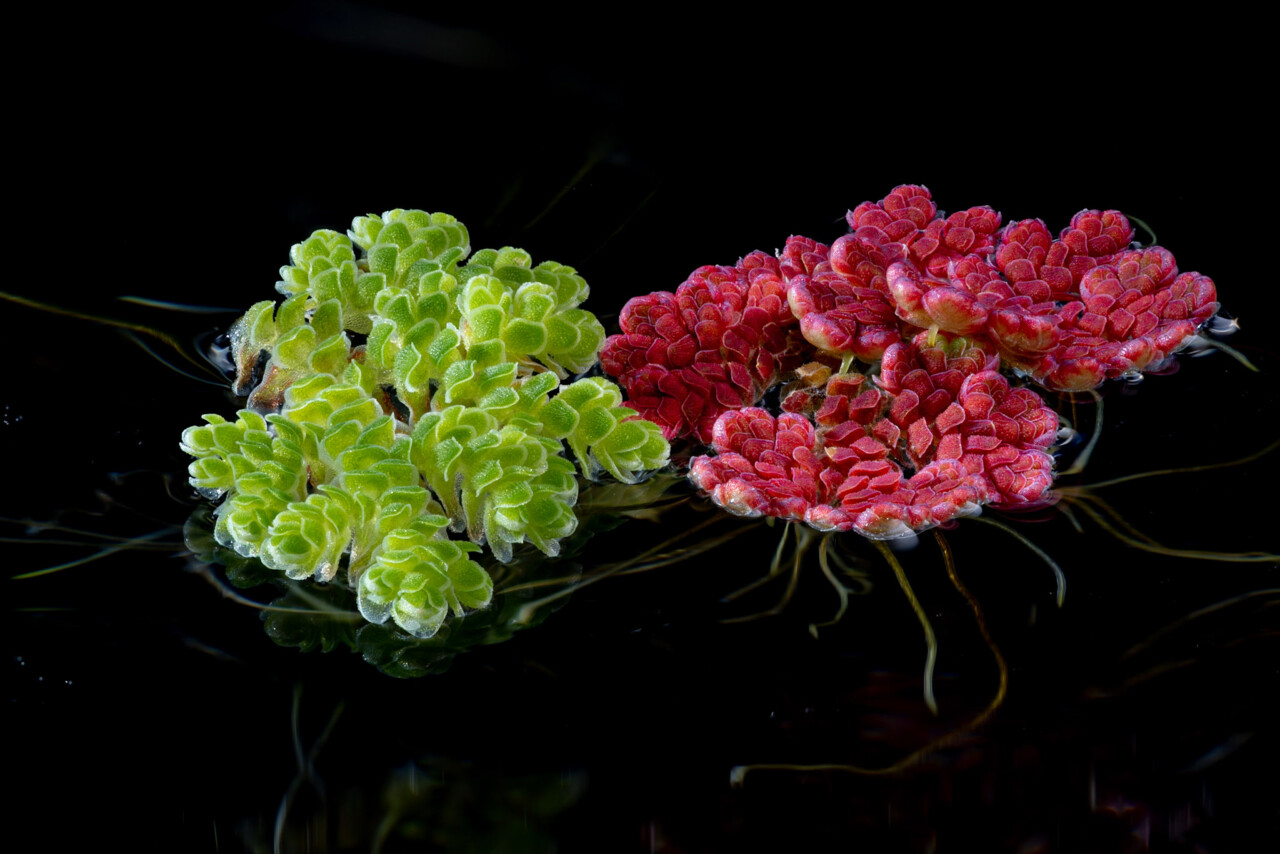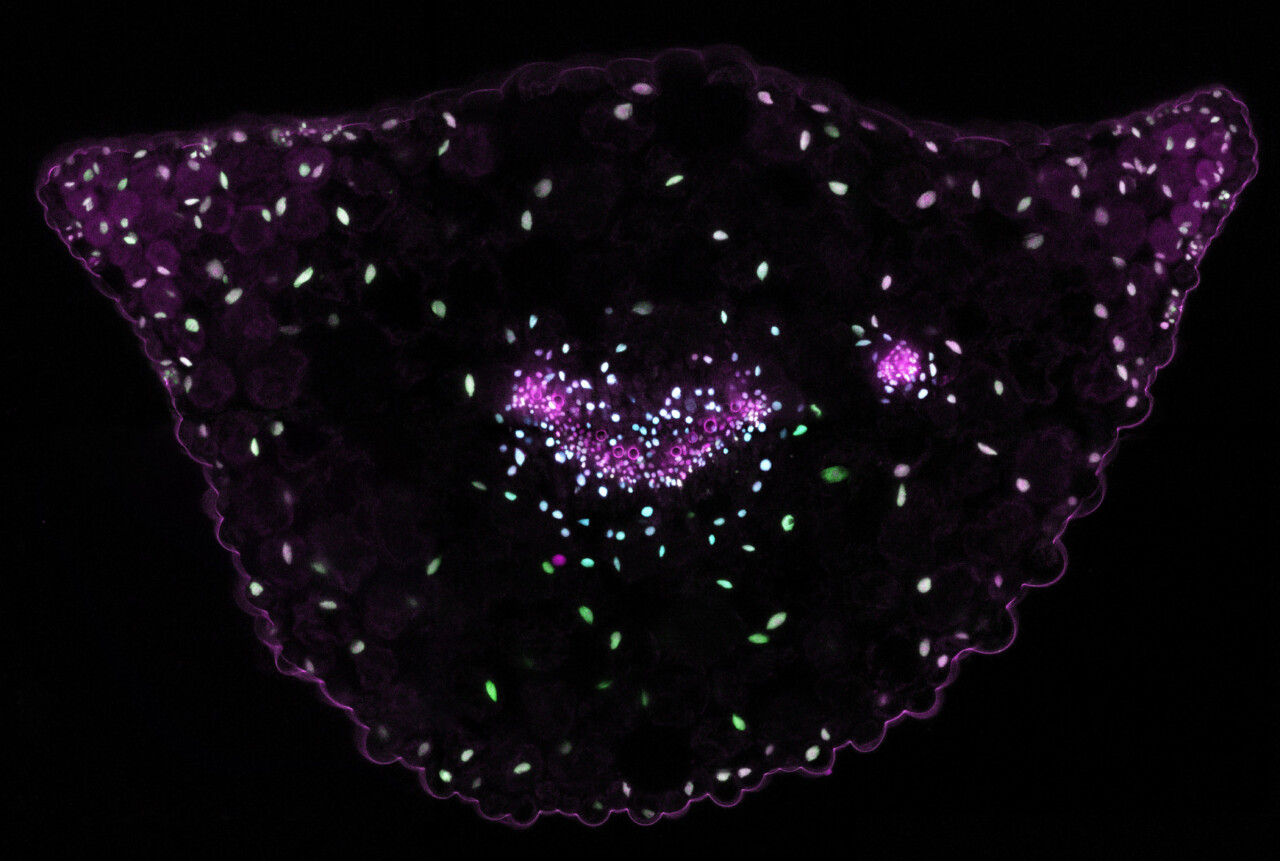
Seminar – Harnessing natural variation, genetic diversity and detailed, high throughput phenotyping to understand the regulation of photosynthesis
Venue: W01
Contact: Jeremy Harbinson or Tom Theeuwen
Speaker: David M. Kramer, MSU-DOE Plant Research Lab and Department of Biochemistry and Molecular Biology, Michigan State University
About David M. Kramer
My laboratory seeks to understand how plants convert light energy into forms usable for life, how these processes function at both molecular and physiological levels, how they are regulated and controlled, how they define the energy budget of plants and the ecosystem and how they have adapted through evolution to support life in extreme environments. Among the tools used in Dr. Kramer’s lab are spectroscopic approaches including absorption, fluorescence, circular dichroism and electron spin resonance (EPR) applied to isolated membranes, organelles and intact plants.
Ultimately, we aim to understand how the specific molecular mechanisms of the photosynthetic system determine how the plant survives and grows. This approach is enabled by our development of novel spectroscopic techniques that allow us to observe specific photosynthetic reactions both in isolated systems (which are easily manipulated), and in living plants. With these tools, we are now able to monitor many of the photosynthesis reactions in living plants under natural conditions. This allows us to test whether models developed on isolated systems truly operate in vivo. In some cases, such studies have led us to new conclusions about how enzymes operate at the molecular level. Finally, the technology developed through these efforts has potential applications in plant breeding and precision farming, by giving growers the ability to rapidly assess the physiological status of plants.
Thursday, October 10, 2019
16:00 - 17:00
Radix building (nr. 107)
Droevendaalsesteeg 1, Wageningen



